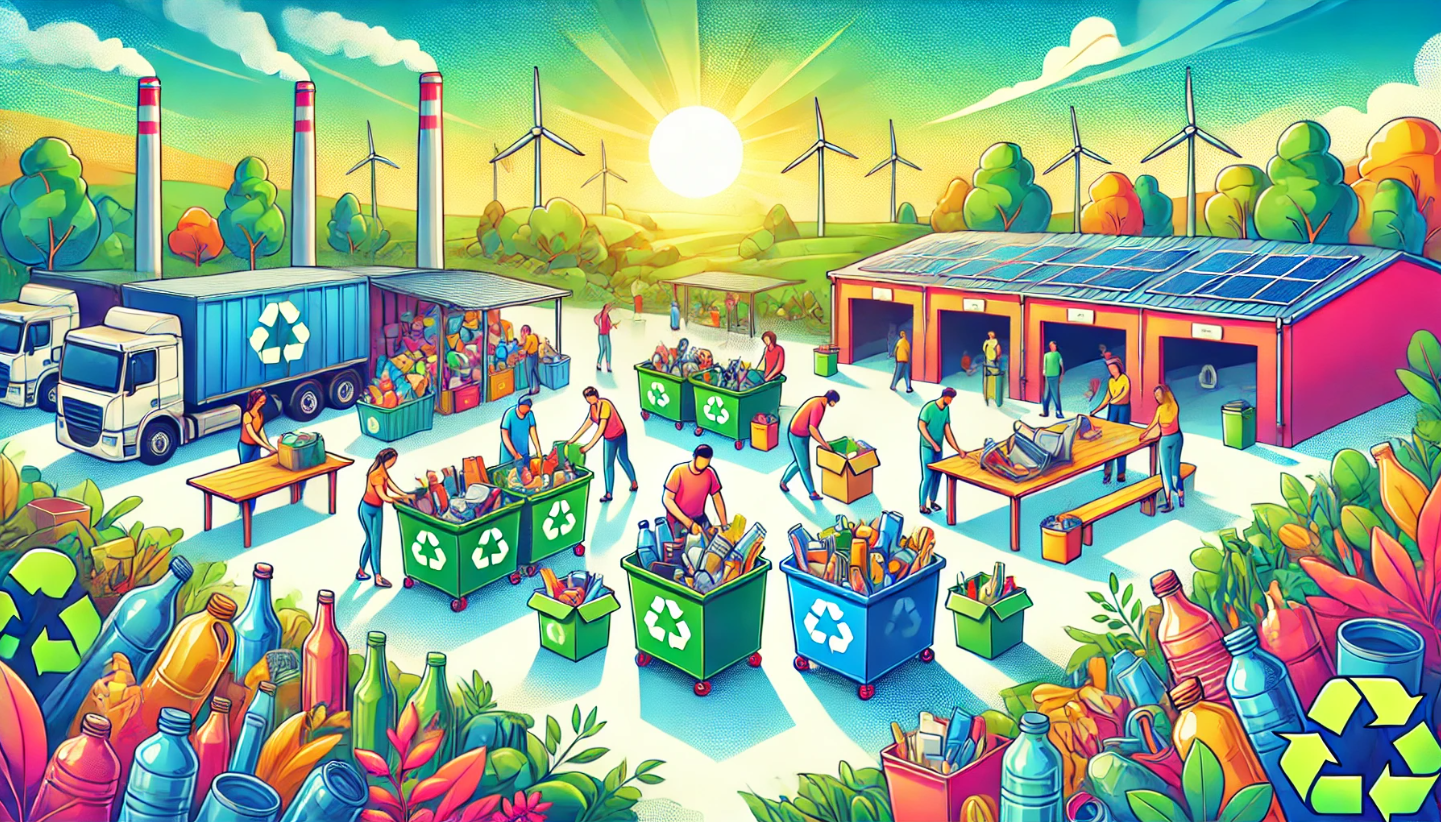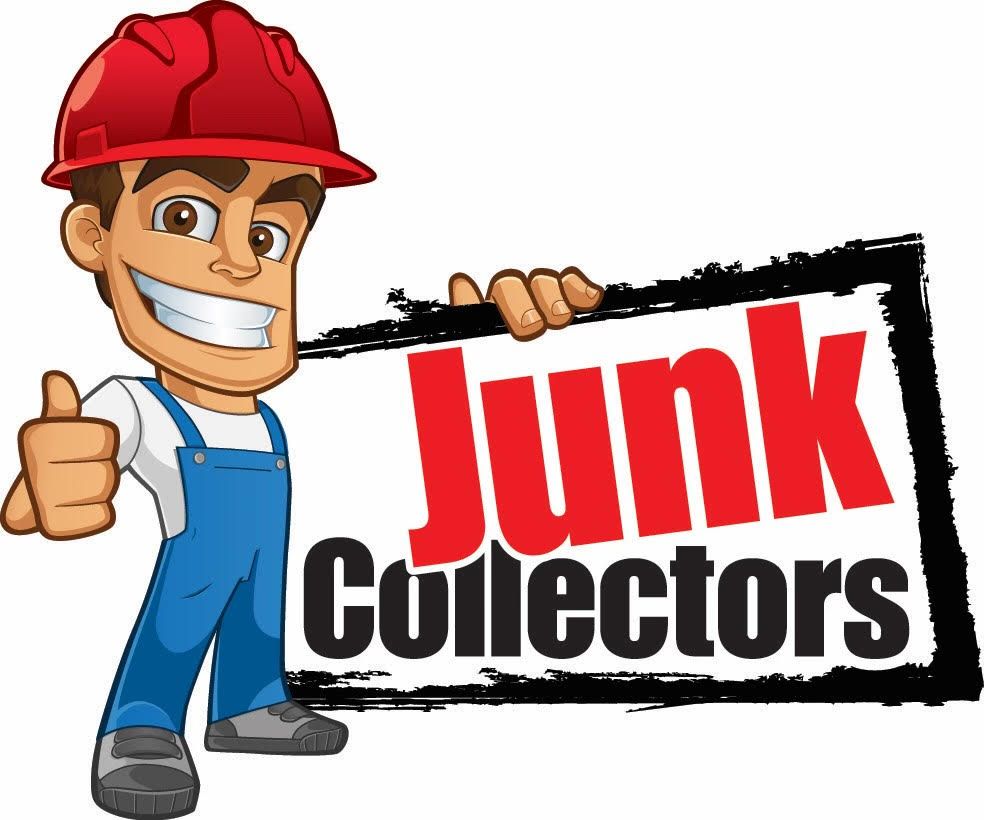
Recycling Unwanted Items – A Comprehensive Guide
We all have items sitting around the house that we no longer need. From broken electronics to outdated furniture, it’s easy for clutter to pile up. But before tossing those items in the trash, consider recycling. Recycling unwanted items not only helps the environment but also gives new life to materials that would otherwise end up in landfills. In this guide, we’ll cover how to recycle responsibly, where to take your items, and tips for reducing waste.
Why Recycling Matters
Recycling is more than just a buzzword—it’s an essential practice for protecting the planet.
- Reduces Landfill Waste: Keeps non-biodegradable items out of overflowing landfills.
- Conserves Resources: Recycled materials reduce the need for raw resource extraction.
- Minimizes Pollution: Proper disposal prevents toxins from contaminating soil and water.
- Saves Energy: Recycling often requires less energy than producing new materials.
Common Household Items You Can Recycle
| Item | Recycling Option | Important Notes |
|---|---|---|
| Electronics (E-Waste) | E-waste recycling centers | Remove personal data from devices |
| Appliances | Local recycling programs, junk haulers | Some metals and components are reusable |
| Clothing | Donation centers, textile recycling | Ensure items are clean |
| Furniture | Donation, upcycling, or recycling centers | Wood and metal components are recyclable |
| Batteries | Hazardous waste facilities | Never throw in regular trash |
Steps to Recycle Unwanted Items
- Take Inventory of Unwanted Items
- Go room by room to identify items you no longer need.
- Sort items into categories: electronics, clothing, furniture, etc.
- Research Local Recycling Options
- Use online tools like Earth911 to locate nearby recycling facilities.
- Check if your municipality offers curbside pickup for recyclables.
- Prepare Items for Recycling
- Clean items like jars, plastics, and textiles before recycling.
- Remove batteries from electronics and appliances.
- Drop Off or Schedule Pickup
- Many services offer free drop-off locations or scheduled pickups for larger items.
- Reuse and Donate When Possible
- Items in good condition can often be reused or donated instead of recycled.
Tips for Reducing Household Waste
- Opt for Reusable Items: Replace disposable products with reusable alternatives.
- Buy Second-Hand: Shopping at thrift stores reduces demand for new production.
- Compost Organic Waste: Turn food scraps and yard waste into nutrient-rich compost.
- Upcycle Old Items: Get creative and repurpose items into something useful.
FAQs About Recycling Unwanted Items
1. Can all plastics be recycled?
Not all plastics are recyclable. Check the number on the item and refer to local recycling guidelines.
2. What should I do with broken electronics?
Take them to certified e-waste recycling centers or programs that handle electronic repairs and recycling.
3. How do I recycle old furniture?
Donate usable furniture or contact a junk removal service that specializes in recycling.
4. Is it safe to recycle batteries?
Batteries should never be thrown in the trash. Take them to hazardous waste facilities or recycling drop-off points.
5. Can clothing be recycled?
Yes, many donation centers and textile recycling programs accept used clothing, even if it’s damaged.
